What is a Hub?
Table of Contents
What is a Hub?
Through an established and formal relationship with Kiva, a local Hub will assume responsibility and relative control over the Kiva Loan product within a particular market. The Hub will employ a Capital Access Manager (CAM), a staff member internal to the Hub who is trained by Kiva on how to share the loan opportunity with entrepreneurs and local stakeholders.
What does the ideal Hub look like?
A Hub market looks like…
A “missing micro”: a lack of small, affordable loans, especially for minorities, women, people with poor credit and other excluded populations
A geographic area with a population of 20,000+, which usually encompasses a metro area and a 1-2 hour driving radius outside that area
A network of Technical Assistance providers (SCORE, LISC, local CDFIs, etc.) within the area
A Hub offers...
Technical assistance to borrowers and small business owners, or connects them to other technical assistance providers in the area
Relationships to other service providers, capital access providers and community resources that can assist in supporting the small business owner and entrepreneur at different steps in the capital ladder
Ability to refer back and forth between these relationships
Ability to commit financially to:
The Kiva Market Management Fee
Cost of staffing a Capital Access Manager (an internal cost for the Hub)
A Hub cannot...
Charge clients for supporting them in accessing a
Kiva US loanMany of Kiva’s Hubs are technical service providers who host business planning and management courses, etc. which they offer to clients for a fee. This is fine, however, the Hub must make it clear to the prospective borrower that the process to apply for a Kiva US loan is free.
How a Kiva Hub and CAM Operate in its Market
How Kiva and the Hub Work Together:
How the partnership works in real time…
What does the Hub onboarding procedure look like?
Identification of the local Hub.
Designation of a particular market (by zip codes) and establishment of goals (number of loans, loan volume and impact).
Selection of Capital Access Manager (CAM) who is to work within the Hub and serve as liaison between the Hub and Kiva.
Signing of partnership contract by Hub.
Provision of annual membership fee from Hub to Kiva to cover program-related expenses.
Signing of CAM agreement by CAM.
Onboarding and training of CAM by Kiva.
Start of Kiva-Hub partnership in action: CAM begins supporting Kiva US applicants and borrowers in that market.
Hubs and CAMs must abide by the following policies:
Hubs will not charge borrowers for their support services related to Kiva.
It must be made clear that the Hub and Kiva work side by side, yet remain separate brands.
In promotional language, use wording like “A program of Kiva” or “Kiva powered by the City of Cleveland”, etc.
If a borrower is not ready to take on debt (via a Kiva US loan), a Hub will not encourage them to do so.
Hubs are not to share borrower-level data provided by Kiva to Trustees or other external partners. (Trustees receive data through their Trustee dashboard.)




